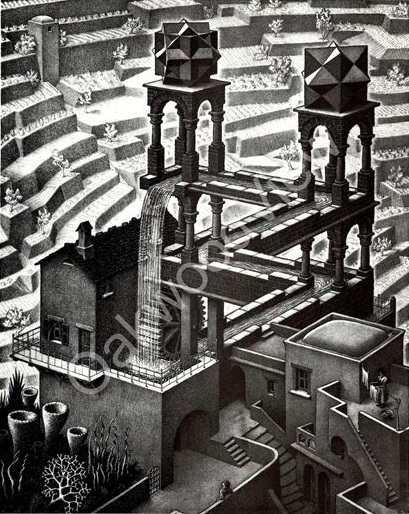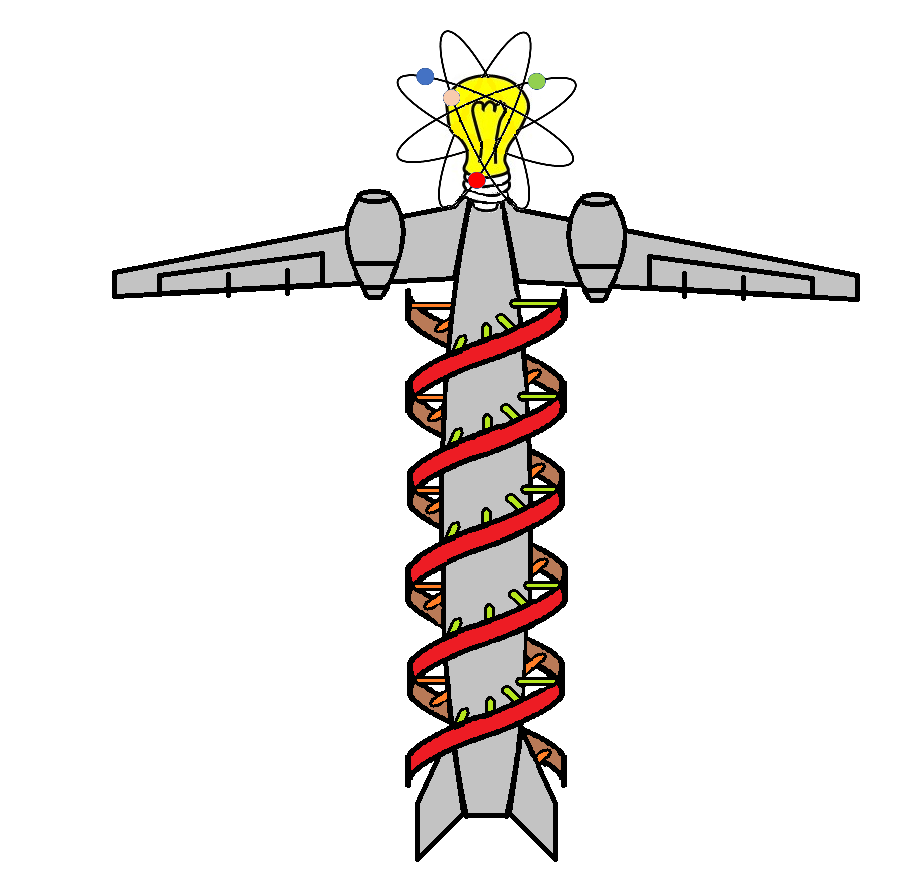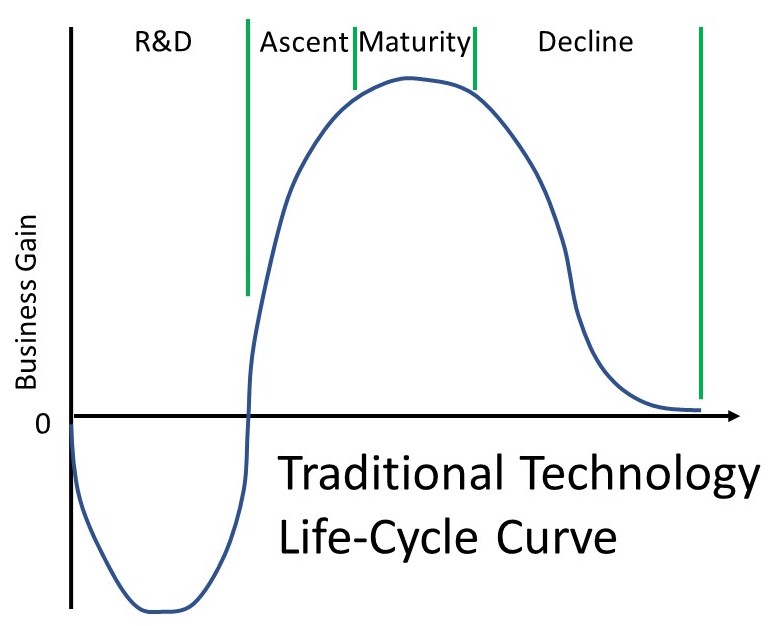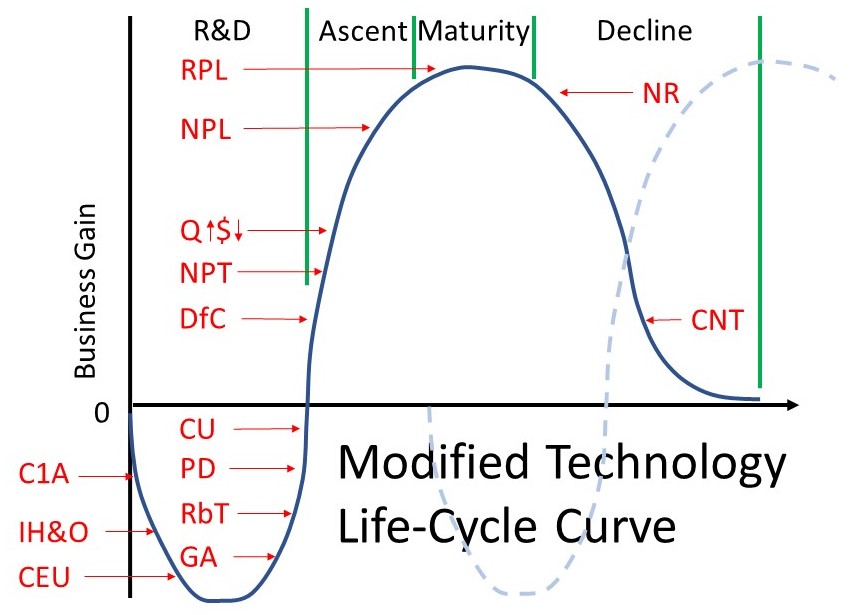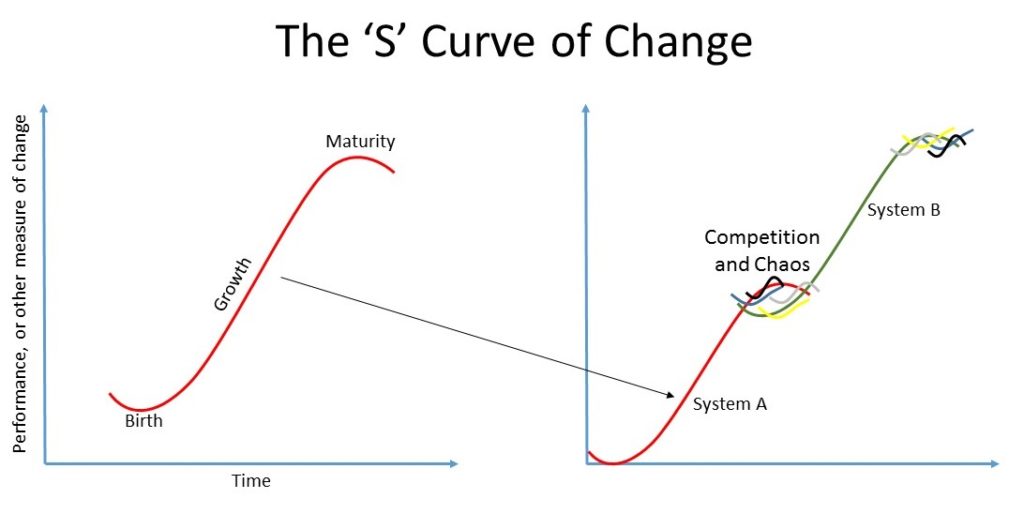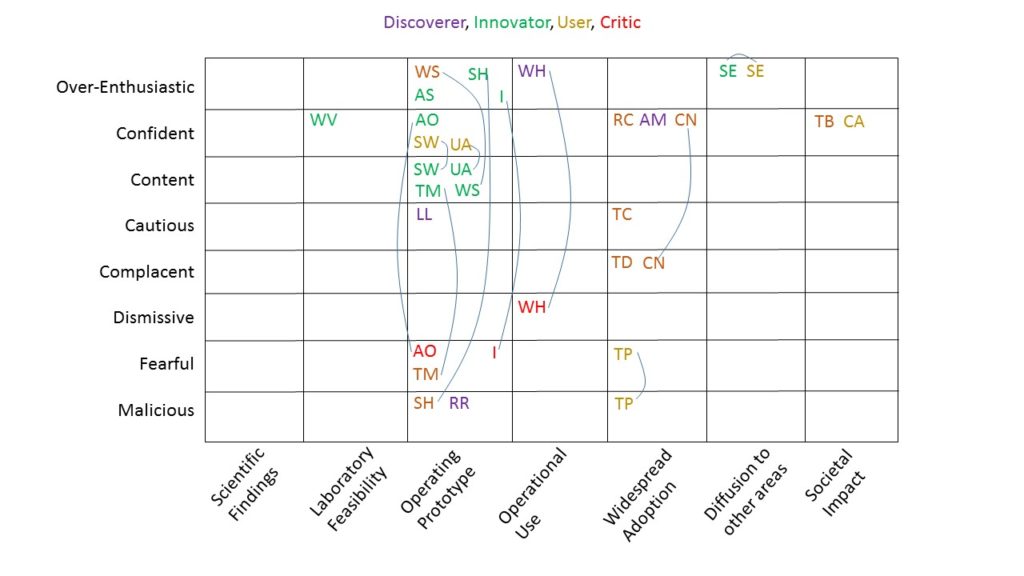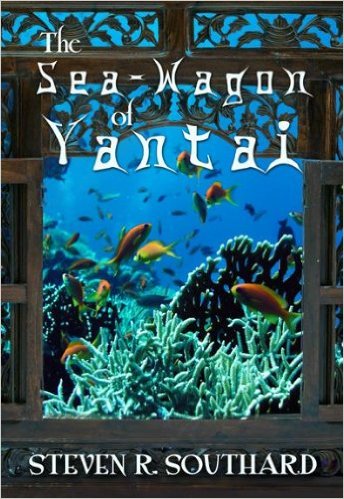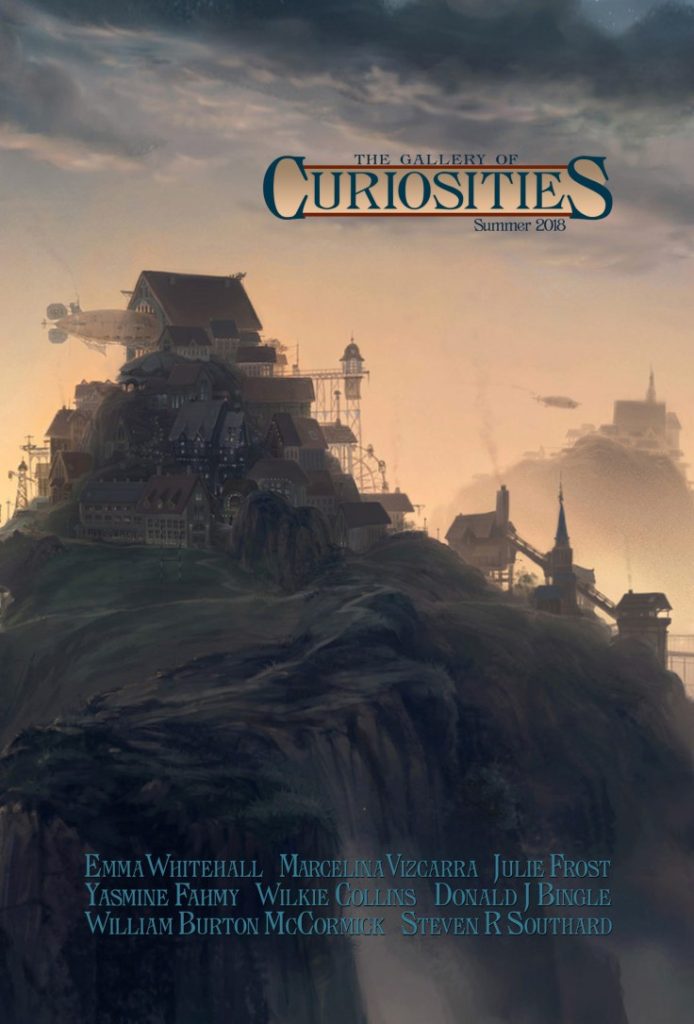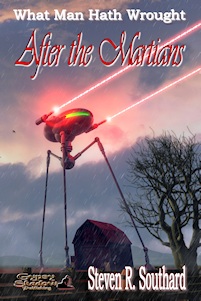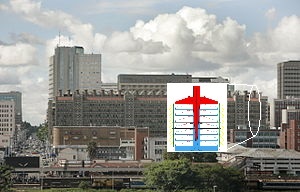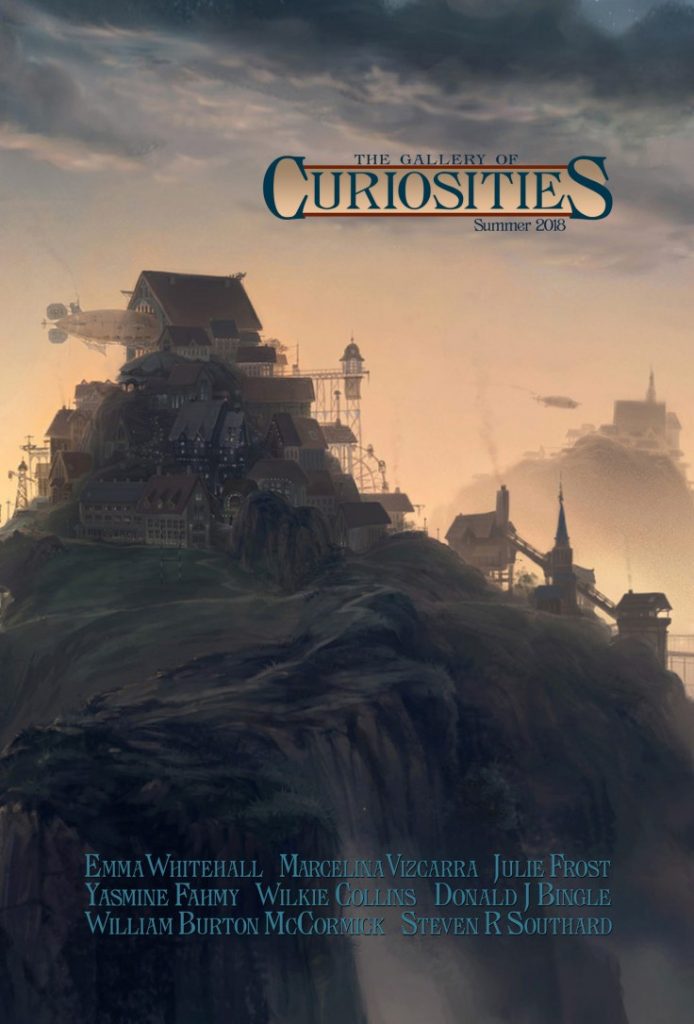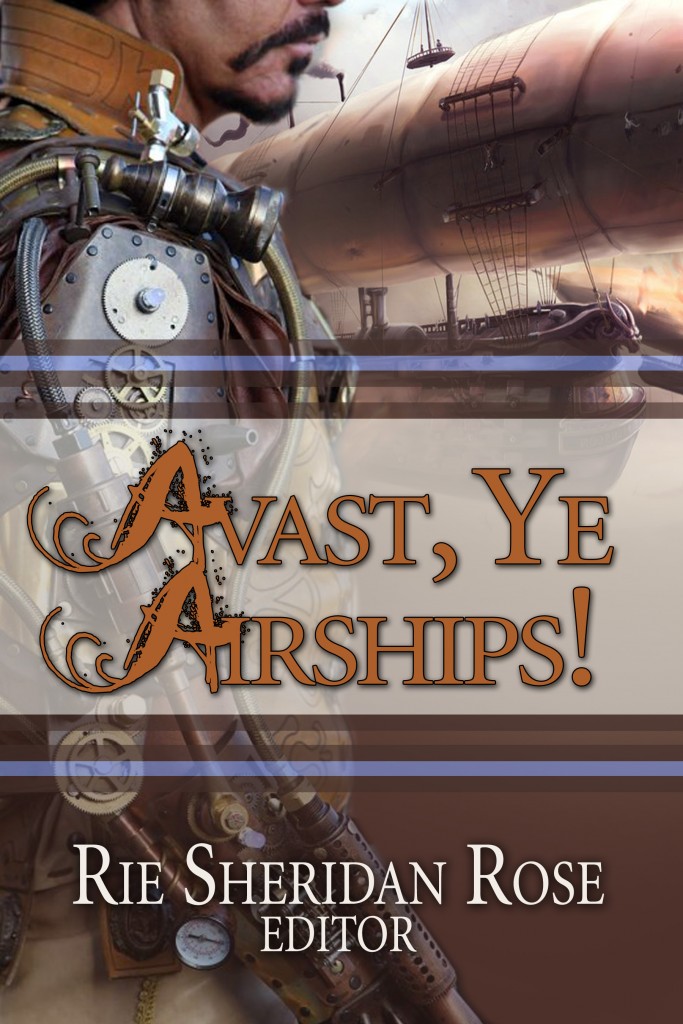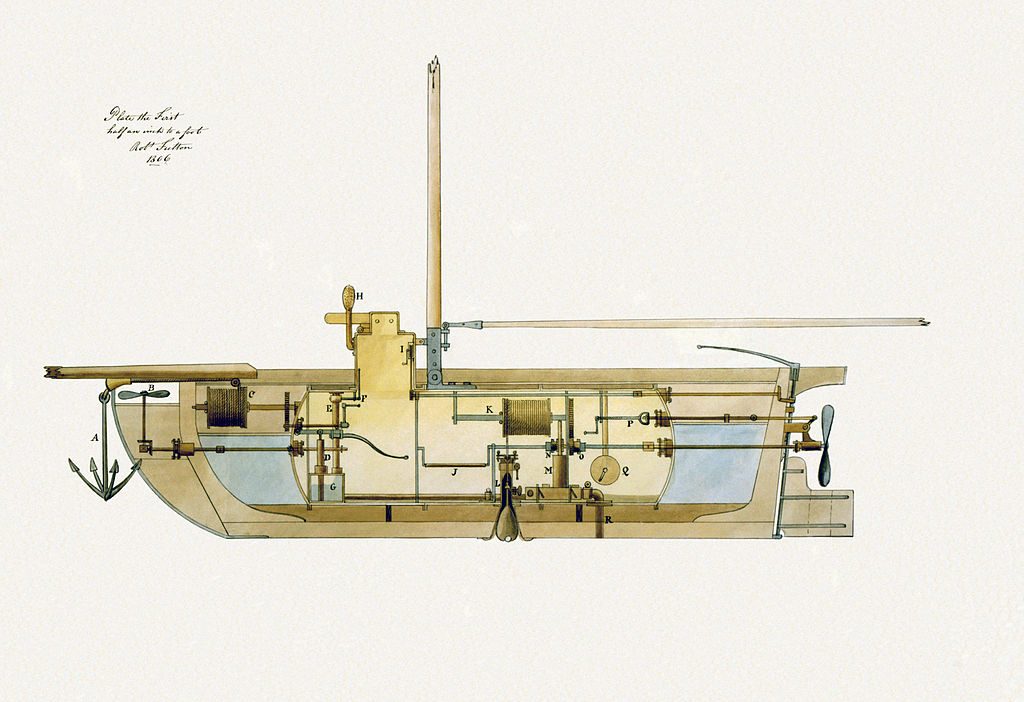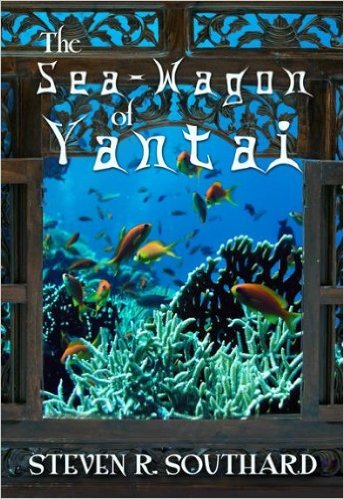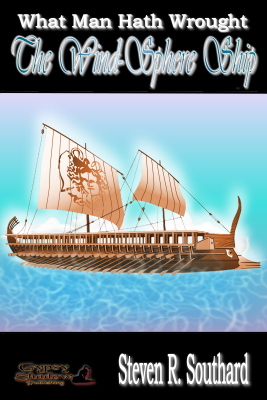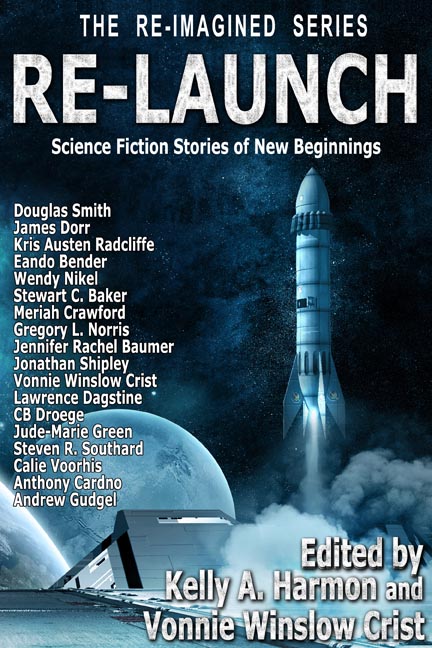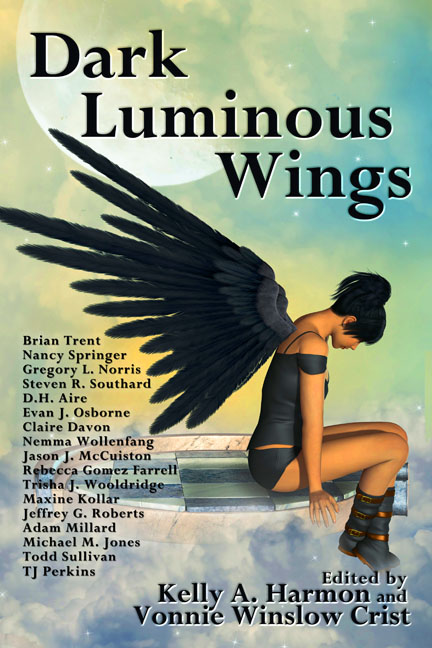Science fiction literature has provided many fun and interesting technologies that lie beyond our current abilities. Let’s look at a few.
I’m calling these technologies improbable rather than impossible. One person’s impossible often becomes a later person’s accomplishment. The technologies on my list aren’t available now, and some violate known laws of physics, but scientists are researching all of them, and breakthroughs can occur.
Faster than Light (FTL) Travel
This one violates the General Theory of Relativity. That speed limit of c stretches interstellar travel into century or millennium timeframes. If you could exceed light-speed, no policeman could pull you over.
FTL Communication
If relativity forbids pushing matter faster than light, what about information? Sadly, so-called super-luminal communication also violates relativity and nobody has demonstrated it yet. Call me, you Andromedans, just not collect.
Wormhole Transit
The notion of sending matter (including people) through a wormhole connecting distant regions of space sounds appealing. It doesn’t violate relativity or even require FTL. However, nobody has found a wormhole and we don’t know if they exist, or can be created. We should come up with a better name, though.
Teleportation
The movement of macroscopic objects (including people) from one point to another without passing through the space between, as with the Star Trek transporter, might happen one day. The process doesn’t violate physics laws, but would require computational complexity beyond our current means. You’ve got to rearrange all 7 x 1027 atoms in their proper position. So far, scientists can “teleport” information about a single atom across a distance of 3 meters, but that’s all. “Beam me up, Scotty.” “Sorry, I canna do that, Captain.”
Time Travel
From the little I understand, time travel comports with physics laws. However, traveling to the past introduces causality problems, like the Grandfather Paradox. Traveling to the future avoids that difficulty, but remains beyond our technological reach. Except, I believe, for DeLoreans with the advanced options package.
Artificial Gravity and Anti-gravity
Though these are different things, I’ve lumped them together due to their mutual attraction. Artificial gravity, broadly defined, presents no difficulty. Use the centripetal force of a rotating spaceship, or the ship’s linear acceleration, to create it. However, creating gravity itself or eliminating it lies beyond our capability today. Heavy, huh?
Force Fields and Tractor Beams
If we can’t go faster than light, can we at least equip our spaceships with force fields or deflector shields to keep meteors away, and maybe tractor beams to grab things? Perhaps. Scientists are researching these gadgets, but each might consume more energy than they’re worth. Seems like physicists are spoiling all our fun.
Tactile Holograms
Scientists keep telling us no, but they’ll let us have holodecks, like in Star Trek the Next Generation, or hologram doctors, like in Star Trek Voyager, right? Sorry, you can’t touch light. Electromagnetic radiation, as we understand it, doesn’t work that way. Physicists ruin everything.
Lightsaber
Those laser weapons in the Star Wars movies look dangerous but handy. However, they violate what we know about optics and electromagnetic radiation. We can give you a laser, but the beam won’t end in mid-air, and will cross right through your opponent’s laser beam. Also, a laser strong enough to hurt people won’t fit in your hand. Sorry, apprentice Jedi, I’ve got nothing for you.
Invisibility
We’d all love this technology. Think of the practical jokes and the deniability. Optics researchers are working on invisibility using metamaterials, but haven’t seen any practical results. (I should reword that.) Invisibility suffers from an unfortunate downside—blindness. Light passes unseen through a transparent eyeball. A normal, opaque eyeball can see, but also be seen. Don’t look for invisibility any time soon.
Neuralyzer
Maybe I wouldn’t need a lightsaber if I had a neuralyzer, as in the Men in Black movies. Using that gadget, I could make my enemy forget why he wanted to fight. This time, physicists give their consent. However, biologists point out they’ve only demonstrated the technology on mice, and only by implanting fiber optic cables into the mice brains. They’d test it on humans, but nobody has yet volunteered to have their mind wiped.
Suspended Animation
That light speed limit bums me out. If interstellar travel takes centuries, then let me sleep through it, Rip Van Winkle style, and wake me when we get there. Oh, no. Here come those nay-saying biologists They acknowledge suspended animation happens all the time with microorganisms and plant seeds. It’s happened with humans for an hour or two, no more. At light speed, that only takes us one or two billion kilometers. They’d be waking me up before we got to Uranus.
Mind Uploading
The nature of our bodies renders some of these technologies improbable. We could get around that and become immortal if we simply upload our minds into computers. Maybe someday, not today. Here, computational complexity limits us. Work faster, you computer engineers! Why, I have half a mind to…
Cloning Long-Extinct Species
Not known for long-term planning, dinosaurs neglected to leave behind enough intact DNA for us to clone them. Maybe it’s just as well. If we did clone dinosaurs now, in our time, what would they eat?
Conclusion
I’ve teased about scientists spoiling our fun, but they can’t. We can still enjoy reading scifi books about these improbable technologies. They make for fascinating stories. Many scientists love scifi even while they wince at some of the gadgets. Some of these improbable devices even appear in the stories of—
Poseidon’s Scribe

